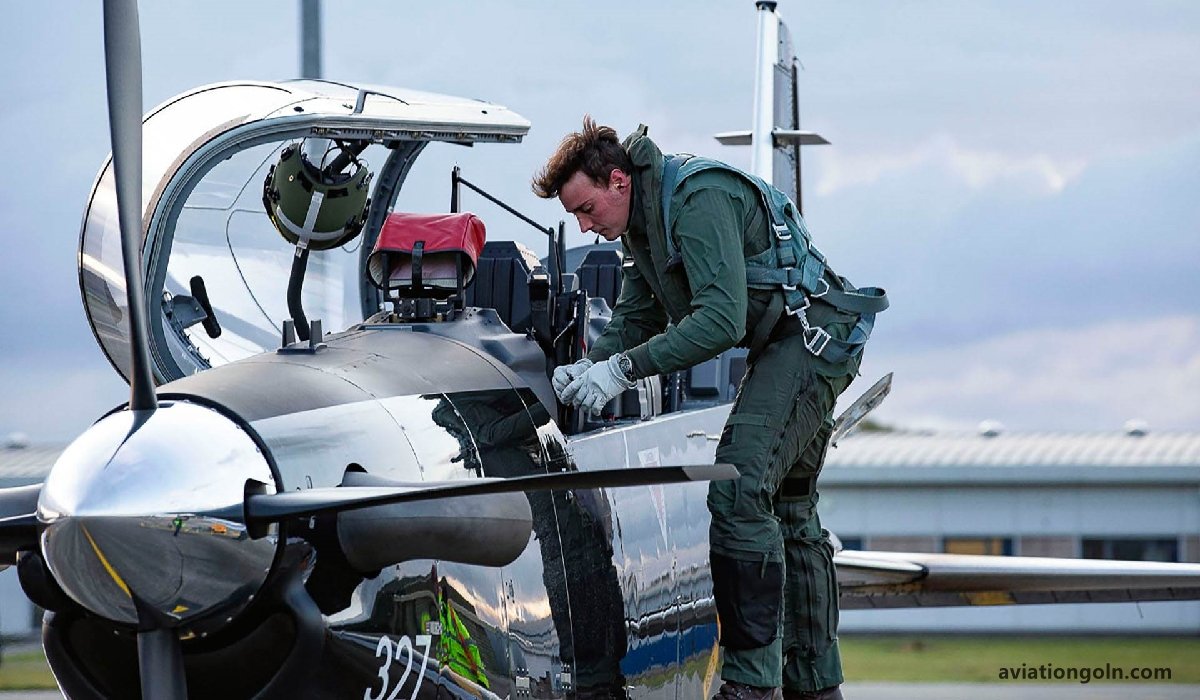Military aircraft have played pivotal roles in the advancement of aviation technology, national defense, and global geopolitical scenarios. Over the decades, various types of military aircraft have been developed, each tailored to specific mission requirements and technological advancements. This article delves deep into the world of military aviation, examining the different types of aircraft, their roles, capabilities, and evolutionary trajectories.
Military Aircraft: An In-depth Look at Different Types of Aircraft

1. Introduction
The history of military aircraft traces back to the First World War when planes were initially used for reconnaissance and later as offensive weapons. Since then, technological innovations have vastly expanded the role and capability of military aircraft. Today, they encompass a broad range of machines, from massive cargo planes to nimble fighter jets, from stealth bombers to unmanned drones.

2. Fighters
Definition and Role: Fighter aircraft are primarily designed to secure airspace by intercepting and destroying enemy aircraft. They are equipped with advanced avionics, and weaponry, and often have supersonic capabilities.
Notable Examples:
- F-22 Raptor: An American fifth-generation, single-seat, twin-engine, all-weather stealth tactical fighter.
- Sukhoi Su-57: A Russian fifth-generation, multirole fighter designed to destroy all types of air, ground, and naval targets.
Evolution: From the propeller-driven aircraft of the World Wars, fighter aircraft have evolved to have stealth capabilities, advanced radar systems, and the ability to carry a range of munitions.

3. Bombers
Definition and Role: Bombers are designed to attack ground and naval targets by dropping air-to-ground weaponry, launching torpedoes, or deploying air-launched cruise missiles.
Notable Examples:
- B-2 Spirit: A multi-role stealth bomber capable of deploying both conventional and nuclear munitions.
- Tupolev Tu-160: A supersonic Soviet-era strategic bomber with variable-sweep wings.
Evolution: Early bombers were large, slow, and vulnerable to fighter aircraft. Modern bombers emphasize stealth and high-speed capabilities to evade enemy defenses.

4. Transport and Cargo
Definition and Role: These aircraft are designed to transport troops, equipment, and supplies.

Notable Examples:
- C-130 Hercules: A versatile military transport aircraft.
- Airbus A400M Atlas: A European four-engine turboprop military transport aircraft.
Evolution: From rudimentary cargo held in early military planes, today’s transport aircraft can carry massive loads, ranging from armored vehicles to humanitarian aid, over intercontinental distances.

5. Attack Helicopters
Definition and Role: These rotorcraft are designed to target enemy armored vehicles, fortifications, and even other aircraft.
Notable Examples:
- AH-64 Apache: An American twin-turboshaft attack helicopter with a nose-mounted sensor suite for target acquisition.
- Mi-24 Hind: A Russian large helicopter gunship, attack helicopter, and low-capacity troop transport.
Evolution: Originally modified from transport helicopters, modern attack helicopters are now built for the role, featuring advanced avionics, armor, and weapon systems.

6. Reconnaissance and Surveillance
Definition and Role: These aircraft are designed to monitor enemy activities, gather intelligence, and conduct surveillance.
Notable Examples:
- U-2 Dragon Lady: A high-altitude reconnaissance aircraft.
- RQ-4 Global Hawk: An unmanned surveillance drone capable of high-altitude, long-endurance operations.
Evolution: Initially, standard aircraft fitted with cameras were used for reconnaissance. Now, we have specialized aircraft that can fly at extreme altitudes or drones that can loiter for extended periods without risking a pilot.

7. Tankers
Definition and Role: These are flying gas stations, designed to refuel other aircraft in mid-air, extending their range and endurance.
Notable Examples:
- KC-135 Stratotanker: The mainstay of the USAF’s tanker fleet.
- Airbus A330 MRTT (Multi Role Tanker Transport): A European tanker and transport aircraft.
Evolution: What began as a risky maneuver involving hand-pumped fuel in the early 20th century has now become a sophisticated operation using advanced boom and probe-drogue systems.

8. Electronic Warfare (EW) and Early Warning
Definition and Role: EW aircraft are used to jam, deceive, or intercept enemy communications and radar. Early Warning aircraft provide real-time information and control for tactical and defense missions.
Notable Examples:
- EA-18G Growler: An American carrier-based electronic warfare aircraft.
- E-3 Sentry (AWACS): An airborne early warning and control system mounted on a Boeing 707 platform.
Evolution: With the rise of electronic systems in warfare, the need for aircraft that could intercept or jam signals became crucial. From basic jamming equipment, these platforms now employ a suite of tools to protect friendly forces and handicapped adversaries.

9. Trainers
Definition and Role: Trainer aircraft are used to train pilots and aircrews.
Notable Examples:
- T-38 Talon: A twinjet supersonic jet trainer used by the USAF.
- Yakovlev Yak-130: A subsonic two-seat advanced jet trainer/light attack aircraft or lead-in fighter trainer.
Evolution: Training aircraft have evolved from basic, less-powerful versions of frontline aircraft to sophisticated platforms that can mimic various conditions a pilot might encounter.

Military aircraft play a vital role in national defense strategies and have seen vast improvements and diversification over the last century. The rapid evolution of technology promises even more advanced and specialized aircraft in the future. Whether serving in offense, defense, support, or intelligence capacities, these aircraft ensure that air forces worldwide remain a dominant and strategic component of any military operation.
Read more:
